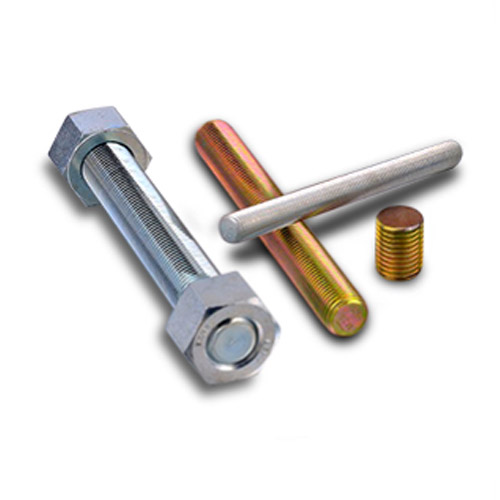

Exploring Different Types of Self-Tapping Screw Heads for Various Applications and Uses
اگست . 01, 2024 01:39 Back to list
Exploring Different Types of Self-Tapping Screw Heads for Various Applications and Uses
The Versatility and Importance of Self-Tapping Screw Heads
Self-tapping screws are a remarkable innovation in the field of fasteners, designed to create their own hole as they are driven into a material. This unique feature makes them indispensable in various construction, automotive, and manufacturing applications. At the heart of this functionality lies the screw head, a crucial component that significantly influences the performance and efficiency of self-tapping screws.
The design of a self-tapping screw head varies depending on its intended application. Common types include the flat, pan, bugle, hex, and socket heads. Each type serves different purposes; for instance, the flat head allows for a flush finish, while the pan head offers a larger bearing surface, making it suitable for soft materials. The choice of screw head type can greatly affect the distribution of load, ensuring a secure and stable connection.
The Versatility and Importance of Self-Tapping Screw Heads
The material of the screw head itself is another critical aspect. High-quality self-tapping screws are often made from carbon steel or stainless steel, ensuring strength and durability. Stainless steel screw heads are particularly advantageous in outdoor and corrosive environments, as they offer excellent resistance to rust and deterioration. This attribute extends the lifespan of the fastening system, making it a cost-effective solution in the long run.
self tapping screw head

Moreover, the compatibility of the screw head with various drivers enhances user experience. Most self-tapping screws come with either a Phillips or slotted head, allowing for easy installation with standard tools. Innovations in screw head design have also led to the development of Torx and security heads, which provide greater torque transfer and reduce the risk of cam-out, thereby enhancing the overall fastening integrity.
In addition to their functional benefits, self-tapping screws come in a range of finishes and coatings. These not only enhance the aesthetic appeal of the finished product but also provide additional protection against environmental factors. Common finishes include zinc plating, black oxide, and epoxy coatings, each tailored to specific applications and environments.
The usage of self-tapping screws is not limited to a single industry. In construction, they are employed to secure drywall, metal studs, and roofing materials. The automotive industry relies on self-tapping screws for assembling various components, ensuring that parts remain tightly secured despite vibrations and movements. Similarly, in electronics, self-tapping screws hold casings and internal components in place, contributing to the overall reliability of the product.
In conclusion, the self-tapping screw head plays a vital role in modern fastening technology. Its various designs, materials, and finishes contribute to a versatile and efficient fastening solution suitable for multiple applications. Whether it’s in construction, automotive, or DIY projects, self-tapping screws with well-engineered heads are essential for ensuring strong, reliable connections that stand the test of time. As manufacturing processes evolve and new materials emerge, the significance of self-tapping screw heads will undoubtedly continue to grow, reaffirming their place as a fundamental component in the fasteners market.
Latest news
-
Hot Dip Galvanized Bolts-About LongZe|High Strength, Corrosion Resistance
NewsJul.30,2025
-
High-Strength Hot Dip Galvanized Bolts - Hebei Longze | Corrosion Resistance, Customization
NewsJul.30,2025
-
Hot Dip Galvanized Bolts-Hebei Longze|Corrosion Resistance&High Strength
NewsJul.30,2025
-
High-Strength Hot-Dip Galvanized Bolts-Hebei Longze|Corrosion Resistance&High Strength
NewsJul.30,2025
-
Hot Dip Galvanized Bolts-Hebei Longze|Corrosion Resistance&High Strength
NewsJul.30,2025
-
Hot Dip Galvanized Bolts - Hebei Longze | Corrosion Resistance, High Strength
NewsJul.30,2025

